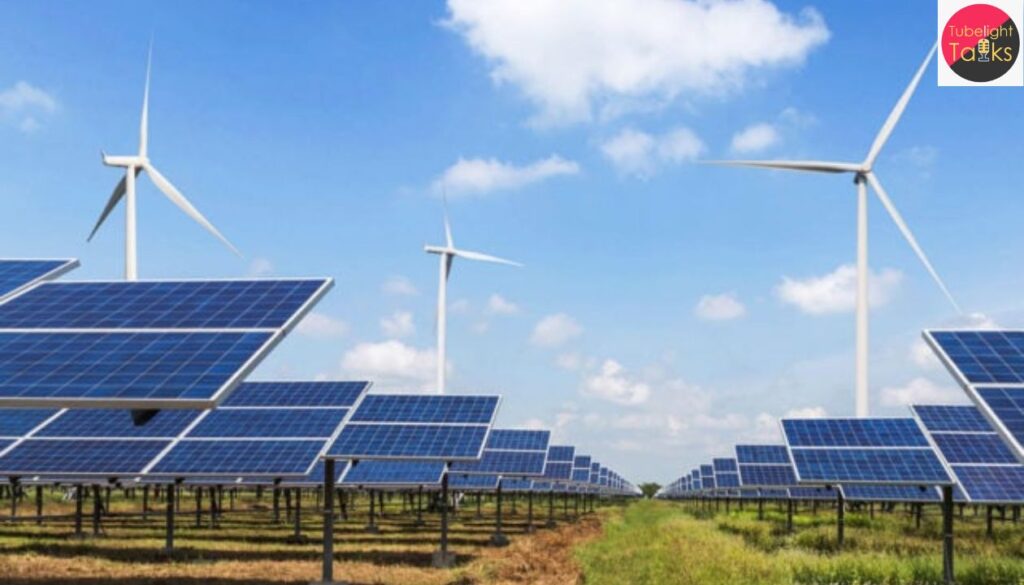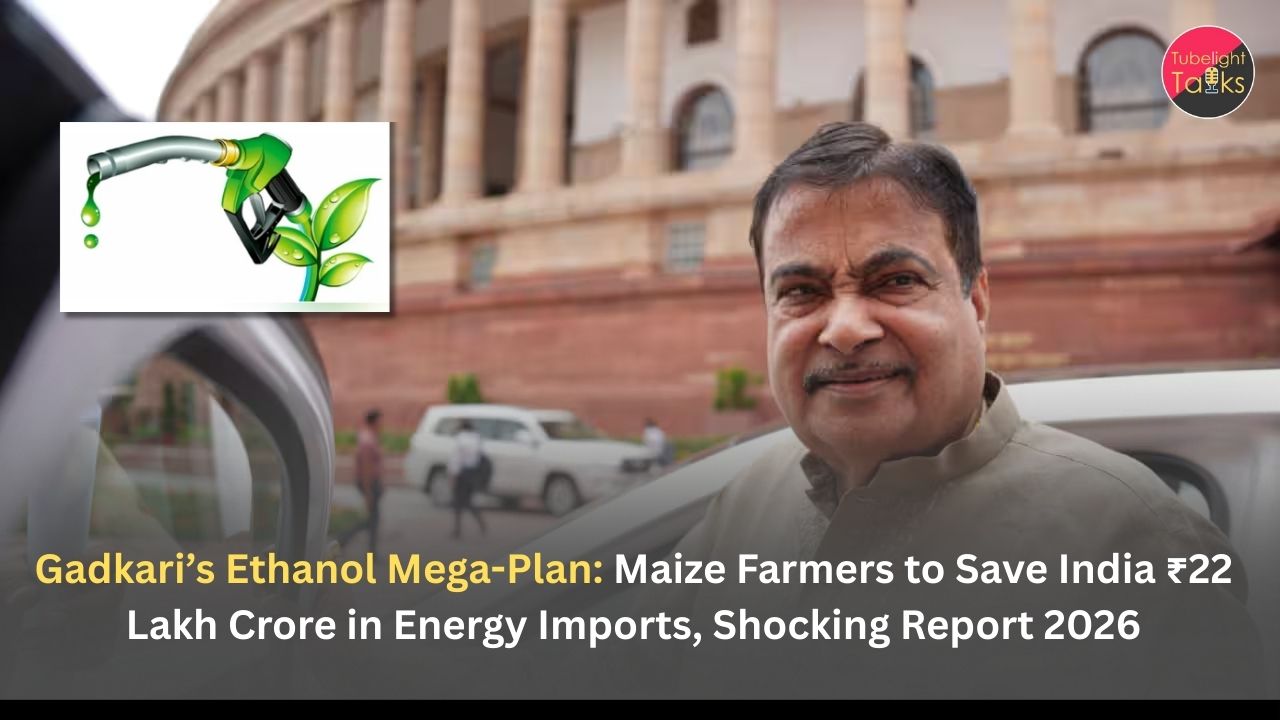Export Insurance Cover Boost: India has set ambitious targets 500 GW of non‑fossil fuel capacity by 2030, green hydrogen leadership and net‑zero pledges by 2070. Meeting these goals demands large‑scale investment, much of which must come from private and global capital. A recent study estimates India will need as much as $385 billion to meet these targets.
Recognizing the financing risk barriers—especially in emerging technologies and remote regions—the government is turning to export‑credit and export‑insurance mechanisms (traditionally used for large infrastructure and export trade) to de‑risk renewable‑energy investments.
Mechanism and Instruments
What are Export‑Insurance & Credit Agencies?
These are government‑backed institutions that provide insurance, guarantees, and support to domestic companies investing overseas or exporting goods and services. They help absorb political, financial and performance risk.
Application to Renewables
In the renewable‑energy context, these agencies can provide cover for: under‑performance risk, political/contract risk, currency risk and project‑delay risk. This lowers the cost of capital, makes bankable deals and attracts foreign investors.
Investment Target
The new push aims to channel roughly $50 billion of new investment in solar, wind, storage, offshore wind and green hydrogen—backed by enhanced export‑insurance cover and guarantee frameworks. (Estimated based on roadmap needs of $200‑$300 billion; )
Implications for India’s Clean‑Energy Transition
Mobilising Private Capital
By providing risk‑mitigation, India can unlock institutional investors, global green‑funds, and developer capital — rather than rely solely on public money.
Accelerating Project Delivery
Insurance cover means developers may proceed faster, bid more competitively and execute projects without waiting for protracted risk mitigation negotiations.
Technology‑&‑Regional Diversification
With export‑insurance backing, lesser‑developed states and offshore sites become viable; emerging technologies like green hydrogen or offshore wind gain traction.

Strategic Energy & Trade Gains
India positions itself not only as a renewable‑capacity hub but as a global supplier of clean‑energy services, equipment and finance—enhancing trade‑balance and industrial growth.
Challenges & Roadblocks for Export Insurance Cover Boost
Institutional Scale & Capacity
Export‑insurance frameworks must scale rapidly, adapt to new technologies, and maintain robust governance to avoid creating moral‑hazard risks.
Project Execution Risks
Even with cover, many renewable projects face land‑acquisition, grid‑integration, storage‑economics and environmental‑clearance issues.
Price & Policy Volatility
Fluctuations in tariffs, subsidies or regulatory policy can still deter investors despite insurance cover.
Ensuring Equity & Reach
Ensuring that investment also reaches India’s backward regions and supports job‑creation, skill‑development and local supply‑chains remains vital.
Also Read: Renewable Pivot in Andaman & Nicobar Islands – Solar Micro‑Grids & Clean‑Energy Drive
Beyond Earnings to Human Welfare
In the realm of sustainable investment, the teachings of Sant Rampal Ji Maharaj remind us that true prosperity lies not simply in financial returns—but in upliftment, ethical purpose and service to society. When India aligns export‑finance tools with green‑investment, the goal should extend beyond megawatts and billions of dollars to human welfare, ecological balance, regional inclusion and intergenerational responsibility. Only then does the investment become meaningful in a satgyan sense.
Looking Ahead
Key Monitoring Indicators
Watch for how many renewable projects receive export‑insurance cover, the volume of foreign capital mobilised, and project‑completion timelines.
Policy & Regulatory Signals
Will export‑insurance frameworks be expanded to cover green‑hydrogen, carbon‑capture or offshore wind? Will state‑level frameworks align accordingly?
Impact on Costs & Financing Profiles
Does risk mitigation reduce borrowing costs, improve investor sentiment and lead to rising deal volumes?
FAQs: Export‑Insurance and Renewable Investment in India
Q1. What is the primary objective of expanding export‑insurance coverage?
To de‑risk renewable‑energy investments, attract global capital and accelerate India’s clean‑energy transition.
Q2. Which technologies are likely to benefit?
Solar, onshore/offshore wind, energy storage, green hydrogen, and regional energy‑services.
Q3. What is the estimated investment target?
Roughly $50 billion of new investment is aimed to be unlocked through enhanced support.
Q4. What is the key advantage for developers?
Lower perceived risk means lower cost of capital, faster project rollout and more competitive bids.
Q5. What remains the major challenge?
Execution risks (land, grid, policy) and ensuring the benefits reach less‑developed regions and communities.










